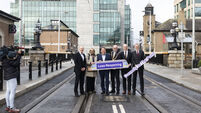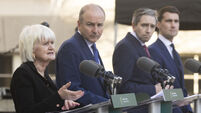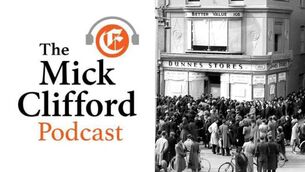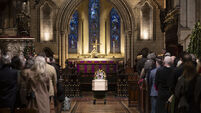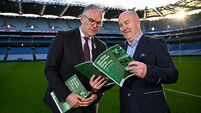We must connect ordinary people with their city's future
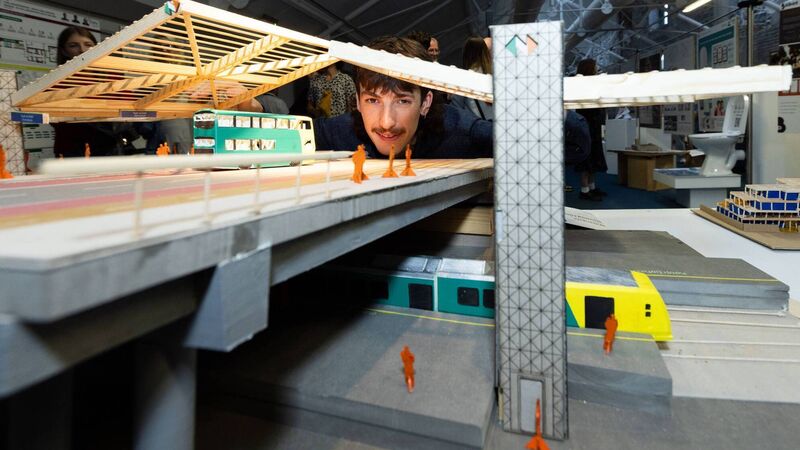
Architecture student, Daniel O'Reilly from Galway with his work, 'cargo and commuter' at an exhibition of work by students from UL's School of Architecture and Product Design in Istabraq Hall, Limerick City, as part of the Design@UL Showcase 2025. Photo: Alan Place
Public participation in shaping the future of our cities is one of the great untapped sources of intelligence and imagination we have.
It is this collective resource that can help to transform our urban centres and rural towns into places where people genuinely want to live. City-dwellers want their cities to be better places - healthier, greener, more climate-resilient, and above all, vibrant centres of everyday life.





